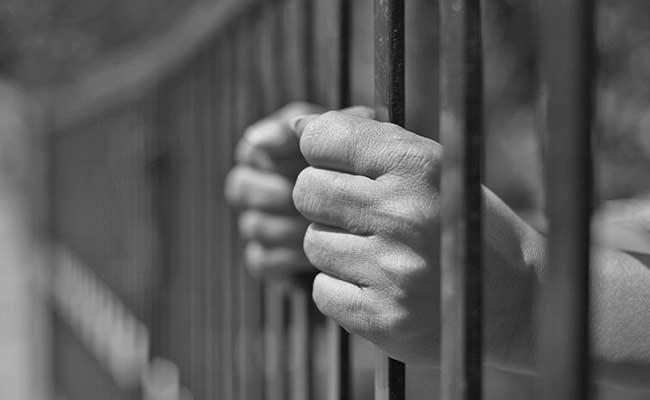
NORTH TEXAS (TIP): Drastic times call for drastic measures. But what would it take for you to drink tap water that had been recycled straight from the sewer? The concept sounds crazy but it could happen soon in one North Texas city.
Wichita Falls is two hours outside of Dallas. Three years ago 88-percent of Texas was under exceptional drought conditions – that’s the worst classification of drought. Today there are just two small areas that still have that designation and the city of Wichita Falls is in one of them. You need drive no further than nearby Lake Arrowhead to see how bad the drought is.
The lake is one of the main water sources for the town, but it’s only at about 27-percent capacity. Boat docks stand 10 to 15 feet above dry land and the nearest water is hundreds of feet away. The lake bed is littered with dead fish and shells. When the wind blows you’re reminded of a dustbowl. Every time the water in the lake drops, officials in Wichita Falls consider enacting more severe water restrictions.
Through conservation efforts, city water usage dropped from between 45 and 50 million gallons of water each day before the drought, to 12 million gallons a day now. But the water savings still aren’t enough. “This reuse system will put five million gallons [of water] back in the distribution system a day,” explained Mayor Glenn Barham. “So, it saves us taking five million gallons out of the lake.” The city, no stranger to droughts, started planning for the water to run out about two years ago.
A plan which had years earlier been previously suggested, and dropped, was now back on the table: take water straight from the waste treatment facility and send it to the water treatment plant for extra cleaning, and then distribution into the water system. Now there’s a big black pipe that snakes through town connecting the city’s waste water facility to the water treatment plant. Currently the city is in the process of completing 45 days of testing.
They send the results to the state environmental quality department. Once there the department will take 30 days to decide whether the water is safe enough to put directly into the tap. The program could go online as early as April. As far as the testing is concerned – folks there say so far, so good. Public utilities operations manager Daniel Nix said, “We evaluated the wastewater first to see what kind of quality we would be dealing with.
The wastewater quality coming out of that plant was very high, so we didn’t have a lot of things to deal with.” The quality test results meant the city didn’t have to do much to turn the water from effluent to something in a glass you might want to drink. But will residents want to drink it? Many we talked to already use bottled or filtered water. No one has gone unscathed in the drought. They all understand the city is in a serious situation.





Be the first to comment